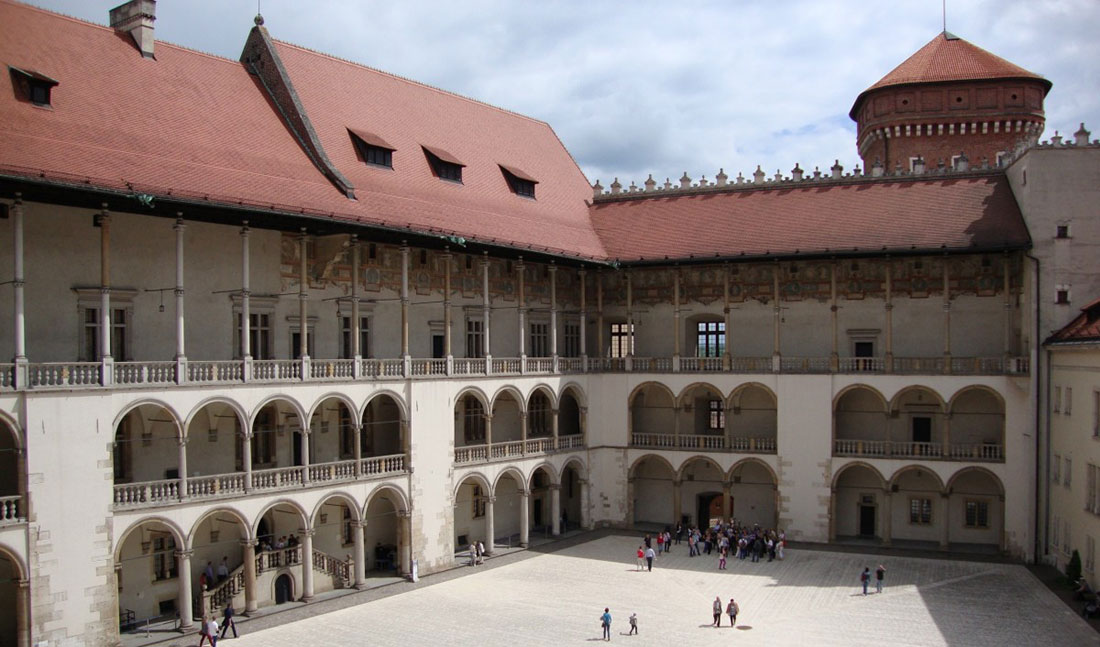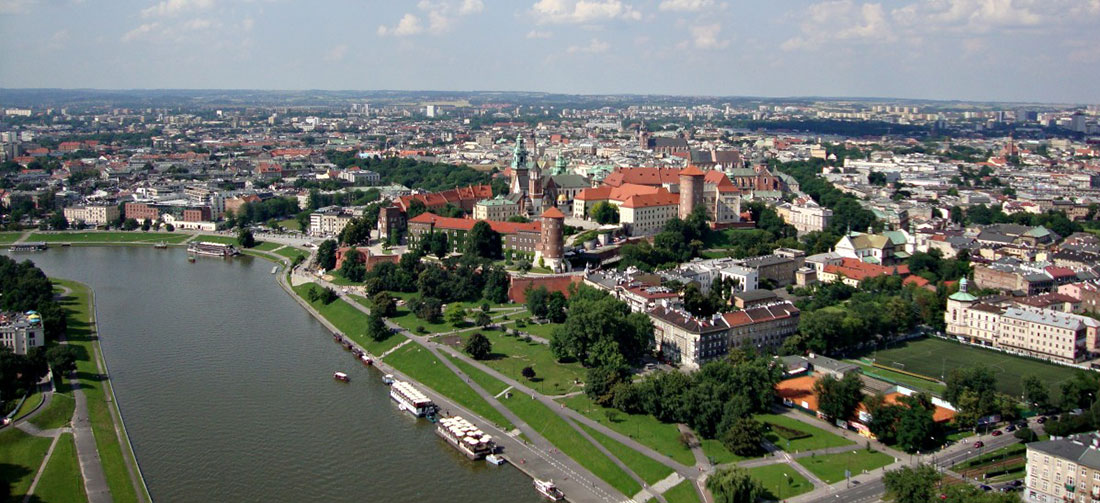Wawel Castle in the center of Krakow is a royal residence of the 13th century, where Polish monarchs have lived since ancient times. As one of the country’s most significant cultural sites and one of the most famous attractions in Poland, the castle now serves as a museum within the larger Wawel complex and houses an extensive collection of royal and military artifacts.
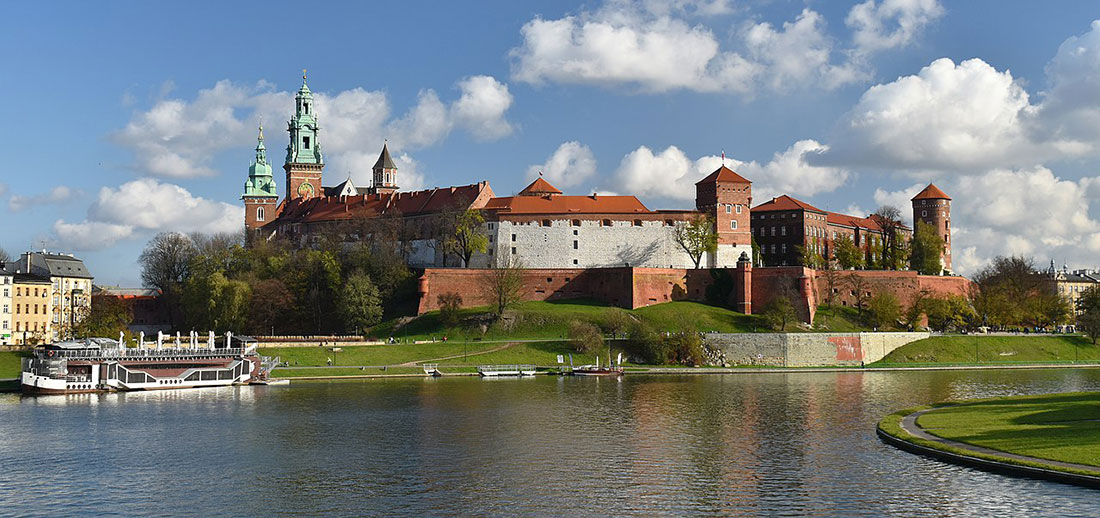
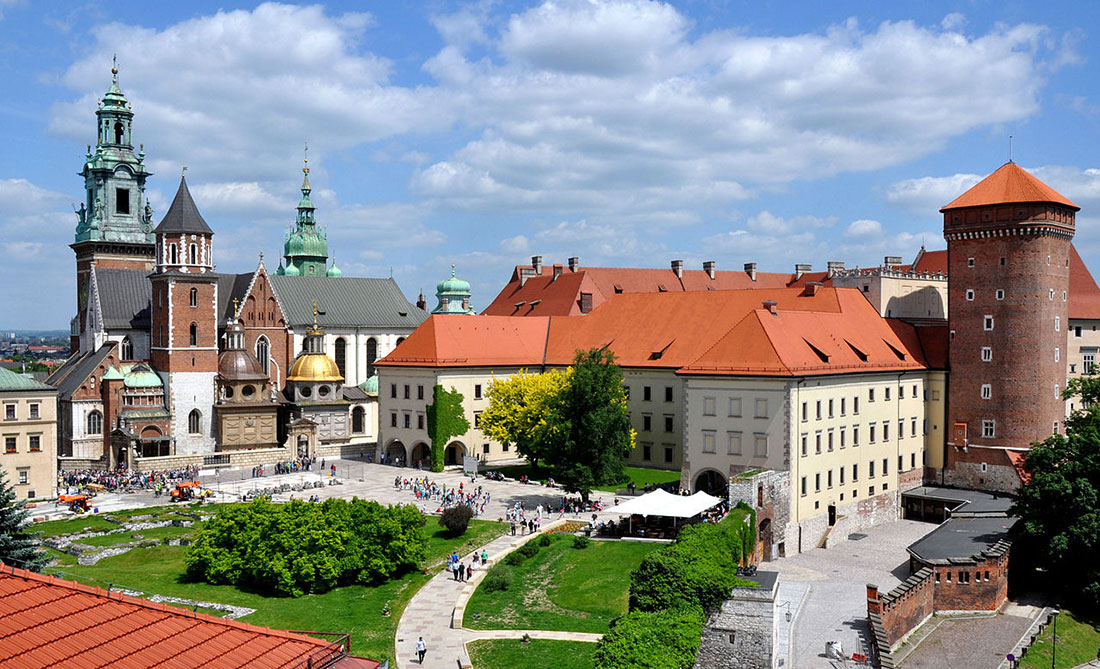
Wawel Castle is one of the most important, beautiful and largest castles in Poland. Situated on a hill, it is a complex of buildings surrounding a majestic courtyard

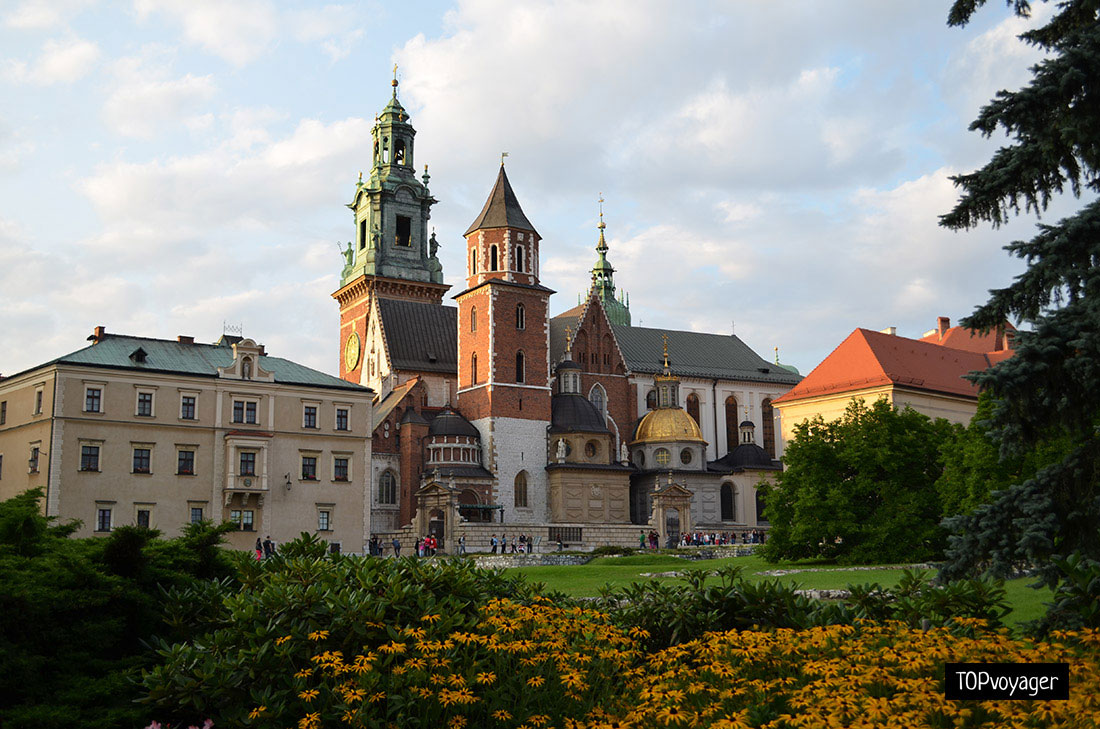
People have sought refuge in the limestone caves of Wawel since time immemorial, but the first settlement of the West Slavic tribe appeared here in the 9th-10th centuries. It was the foundation of the future Wawel Castle. According to tradition, the princely city was located on the top of the hill, and the lowest steep part was inhabited by plebeians from Sloboda. By the end of the 13th century, on the orders of King Wenceslas III, stone walls were erected on the site of outdated wooden fortifications, protecting both the castle and the buildings located at the bottom of the hill.
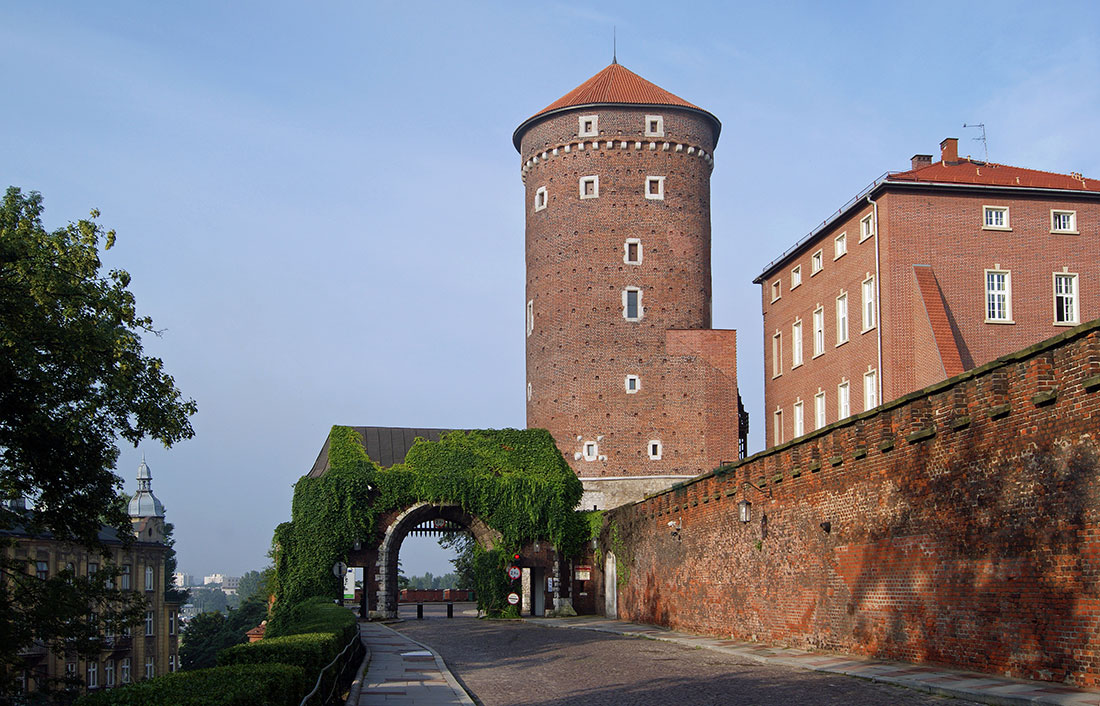
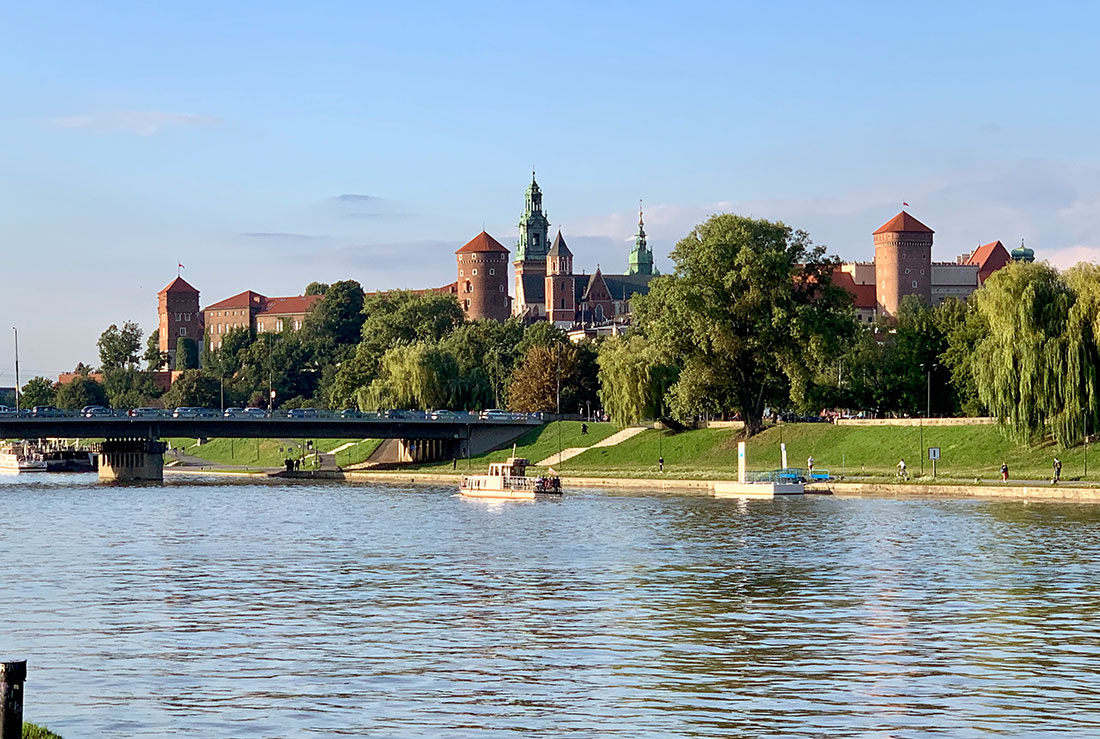
There is a legend that the castle was founded by the legendary Polish prince Krakus after defeating a terrible dragon that lived in the caves below the castle. Then the prince founded Krakow and built the first Wawel Castle on the site of the dragon’s lair. True or not, but in the 11th century the complex became the residence of Casimir I the Restorer, thanks to the construction work of which the earliest remains of the castle have survived to this day
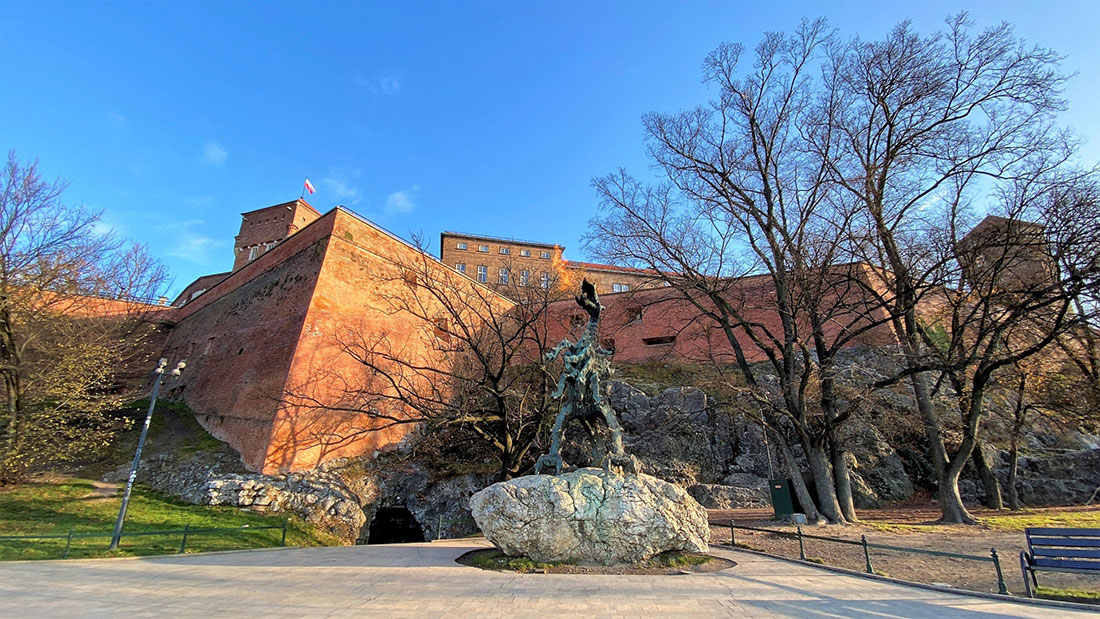
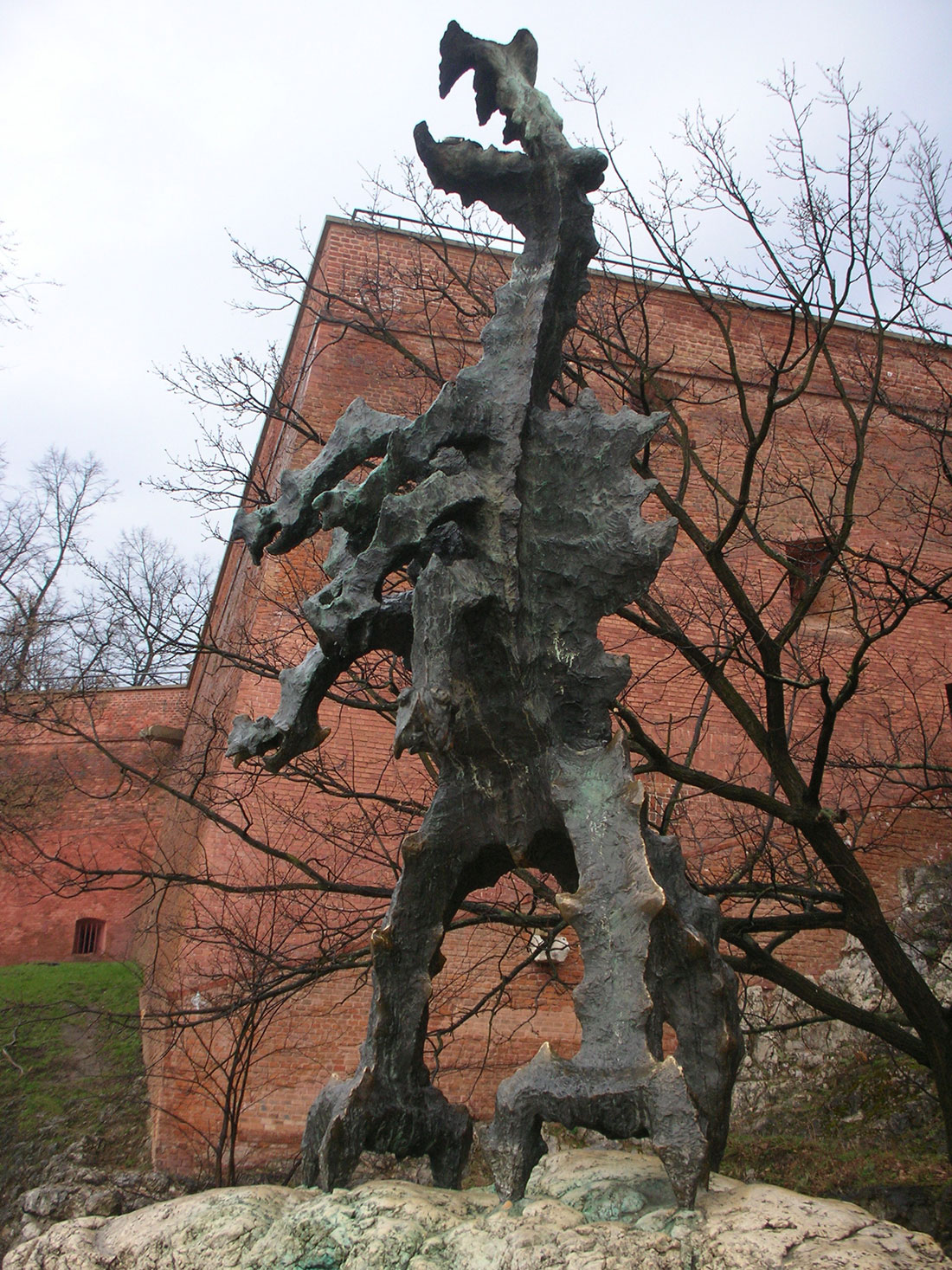
In 1320 Ladislaus the Short was crowned in the Wawel Cathedral; subsequently Krakow was the capital of Poland for several centuries. King Casimir III, the son of Ladislaus, got the nickname “Great” for a reason: during his reign, Poland not only changed, but also flourished. During the time of Casimir III, a majestic Gothic castle was built on Wawel Hill, equal in scope to the residences of the monarchs of other European states. Unfortunately, a great fire that broke out in 1500 severely damaged the castle and somehow contributed to its significant restoration.
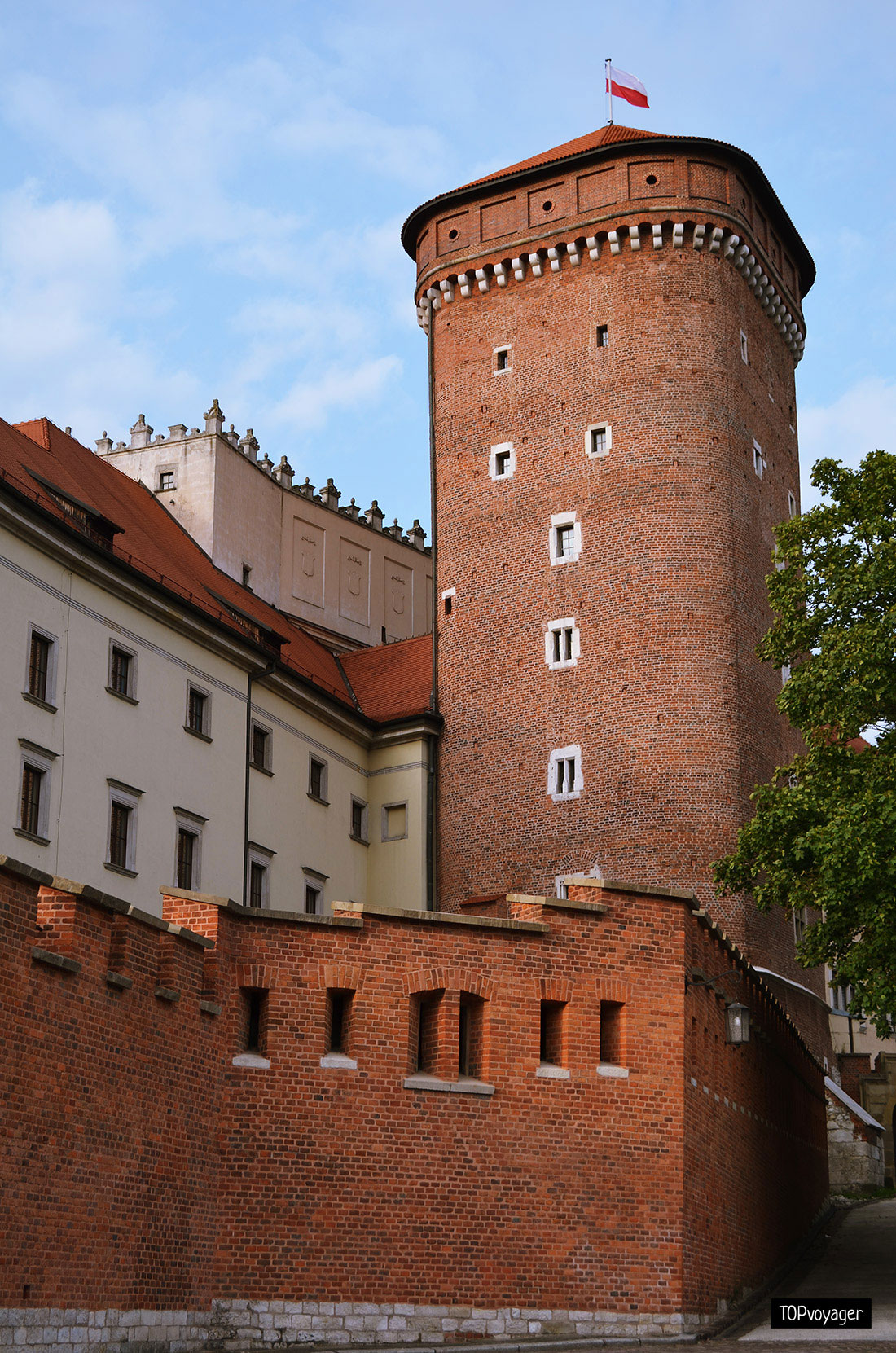
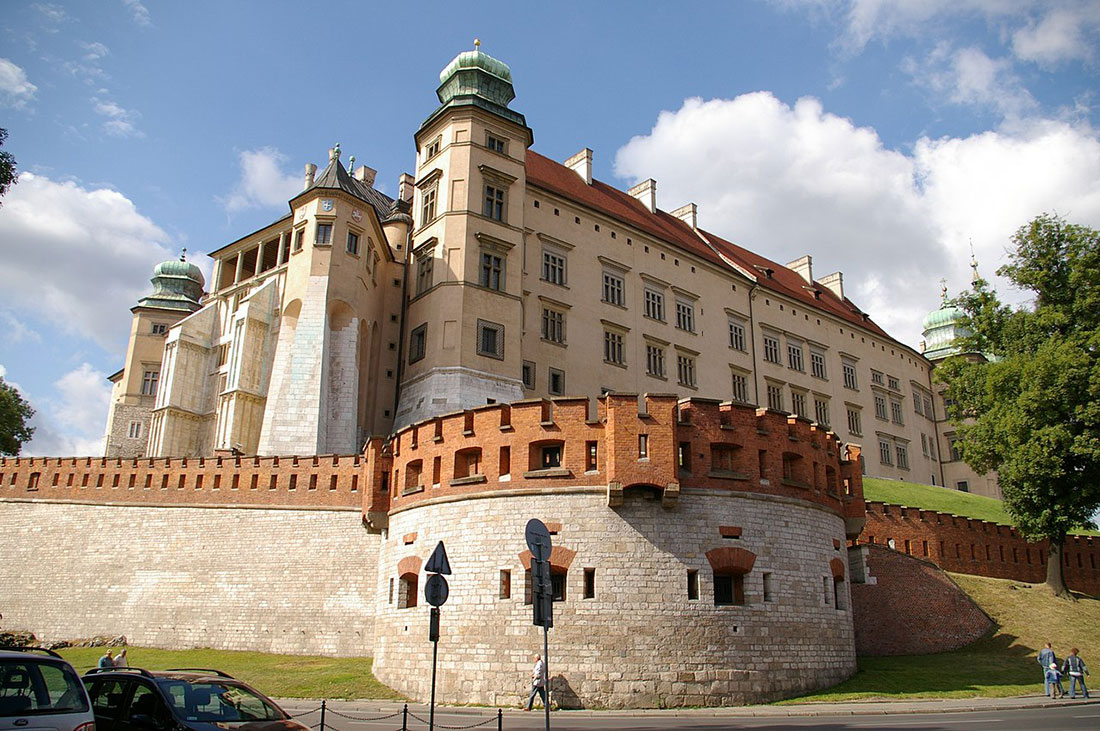
The castle was rebuilt and restored many times due to fires, thefts and wars. Today, its stunning variety of architectural styles allows us to leave modernity behind and immerse ourselves in a time machine, admiring its striking beauty and discovering different facets of history
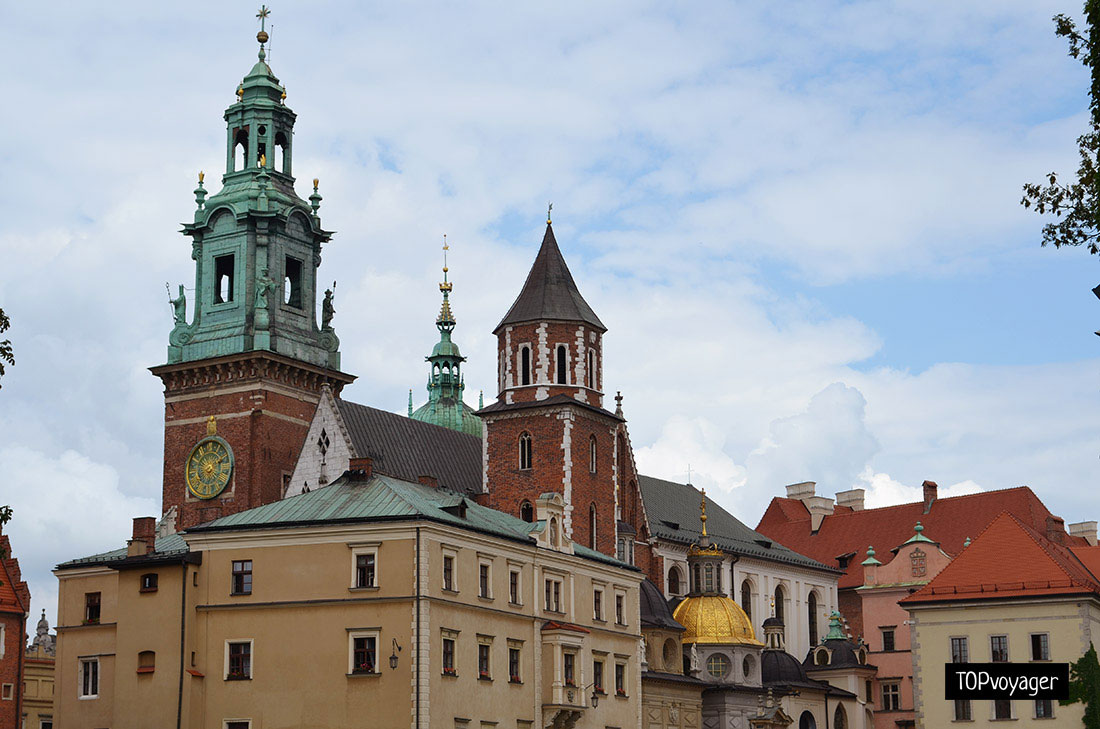
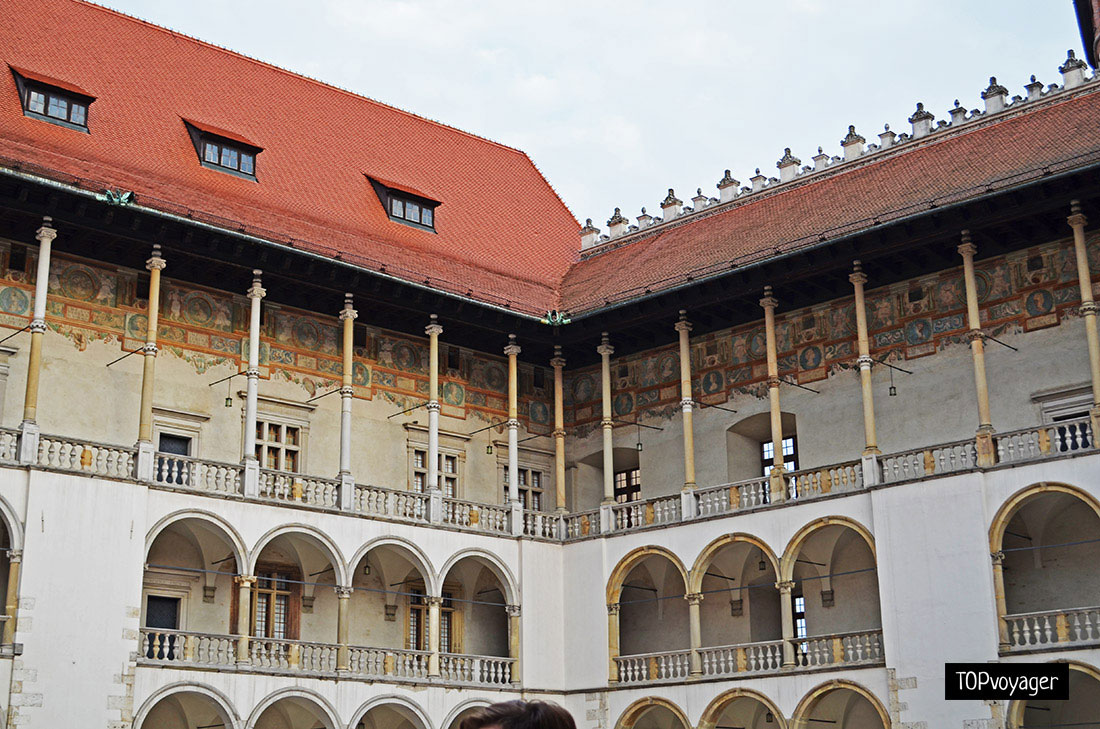
In the 14th century, the castle was greatly expanded by King Ladislaus I the Short and his son Casimir III the Great, before being rebuilt in 1504 by King Alexander I in the Renaissance style, most of which can be seen today. With its innovative exterior design and spacious, brightly lit interiors, the building marked a new era in Polish architecture.
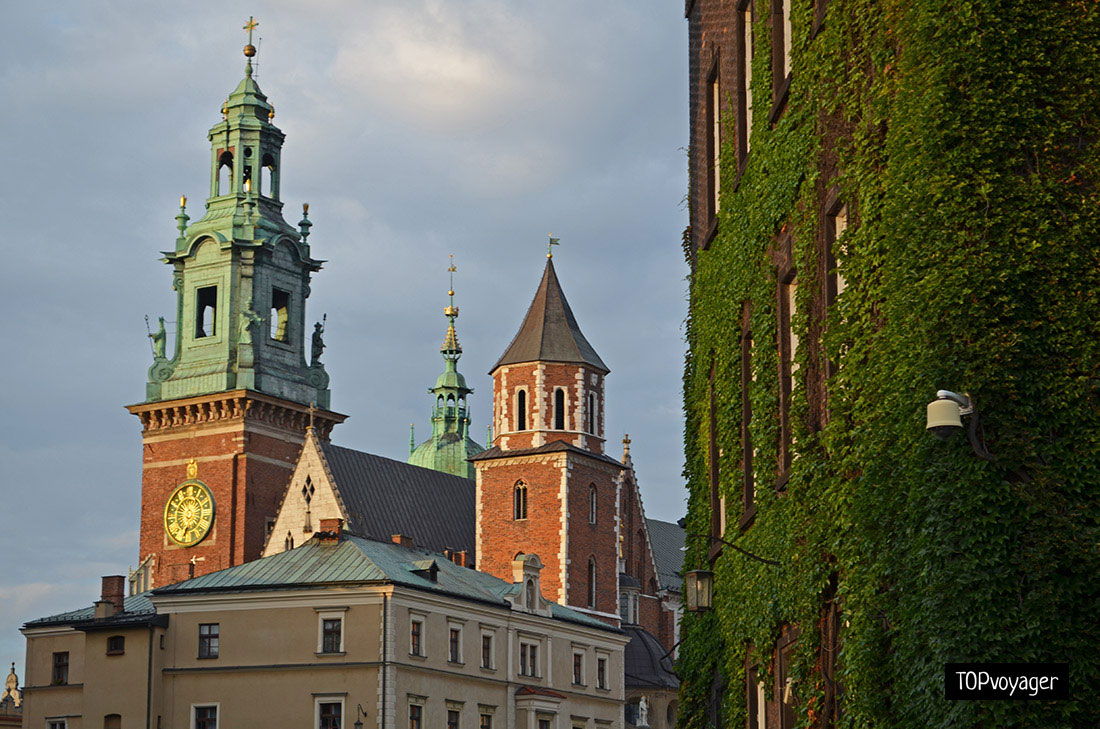
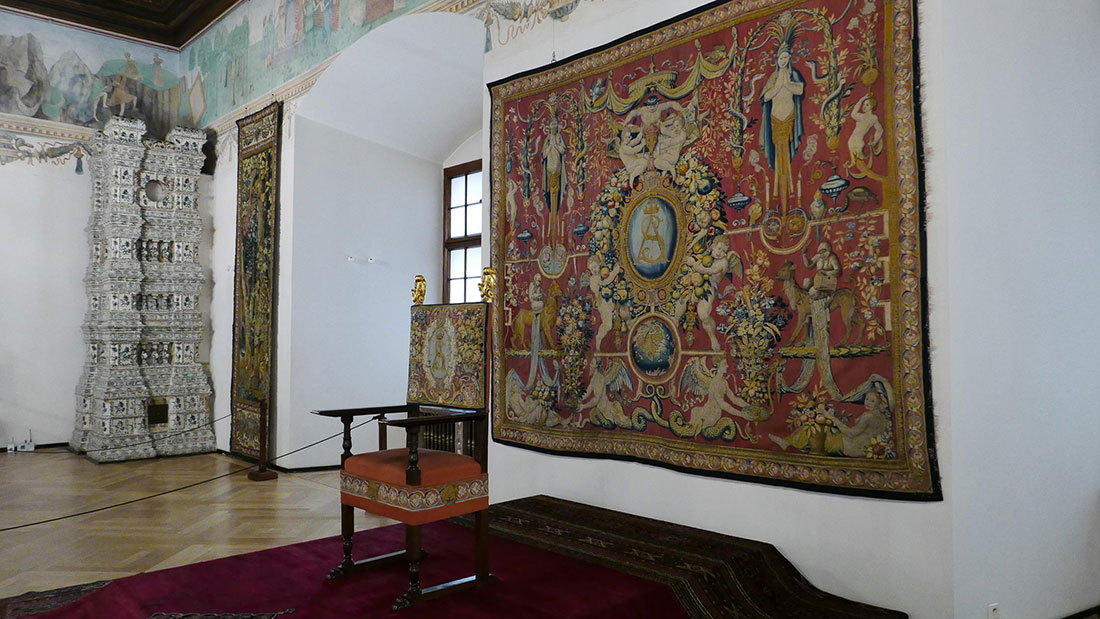
In the 16th century, the castle was the main meeting place for both the Sejm (lower house of parliament) and the Senate (upper house), and after a fire in 1595 it was again rebuilt in the Baroque style by Sigismund III Vasa. However, in 1610 the royal court permanently moved to Warsaw, and the residence fell into disrepair.
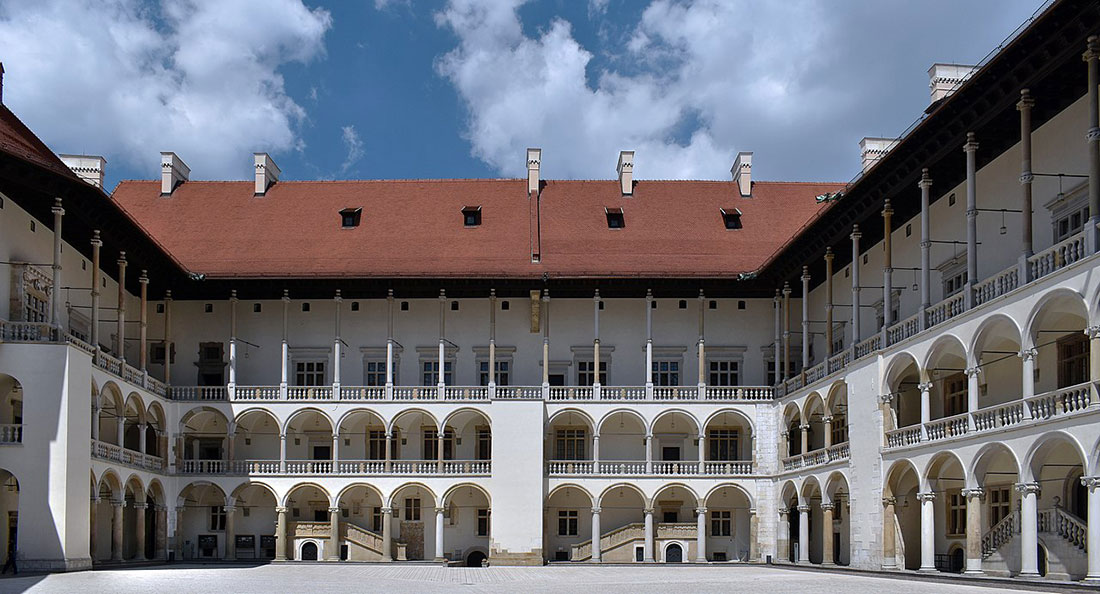
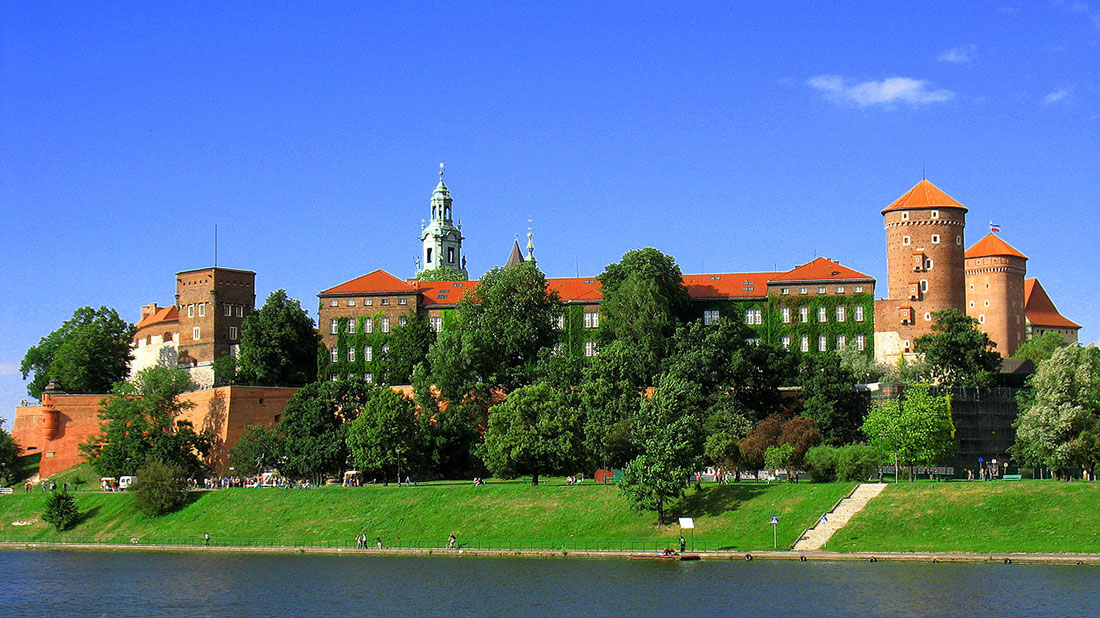
The third partition of Poland in 1795 led to the occupation of Wawel by the Austrians, who began to use the castle as a military barracks and destroyed most of the buildings. When they finally retreated in 1905, the complex was returned to Poland.
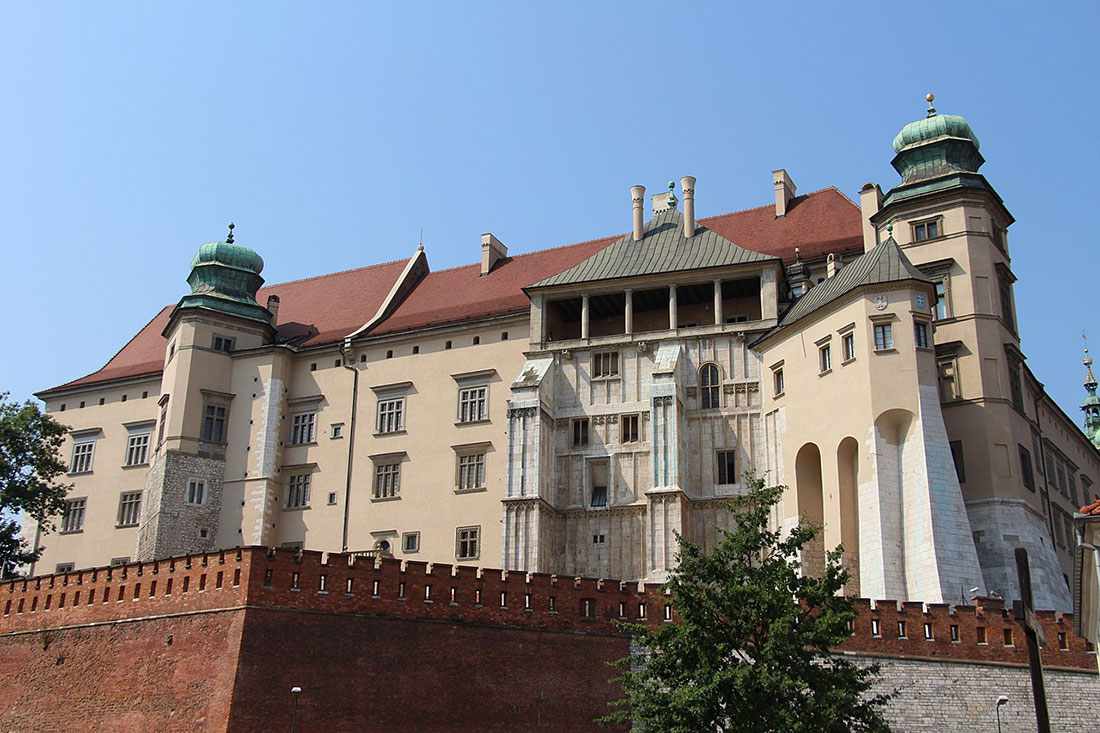
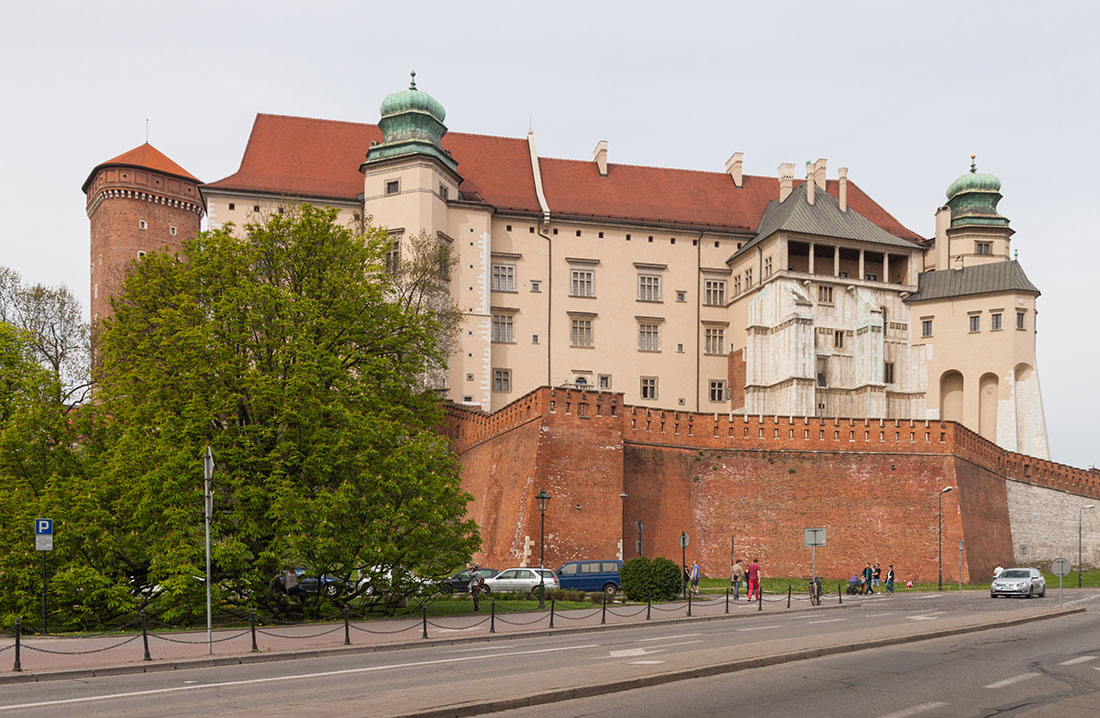
During the German occupation of Wawel during the Second World War, the interior was looted, but, fortunately, the building did not suffer significant damage. After the war, the castle complex became a museum. Today, in addition to luxurious interiors, you can admire works of art of the highest class – stunning paintings, beautiful sculptures, exquisite tapestries and much more.
